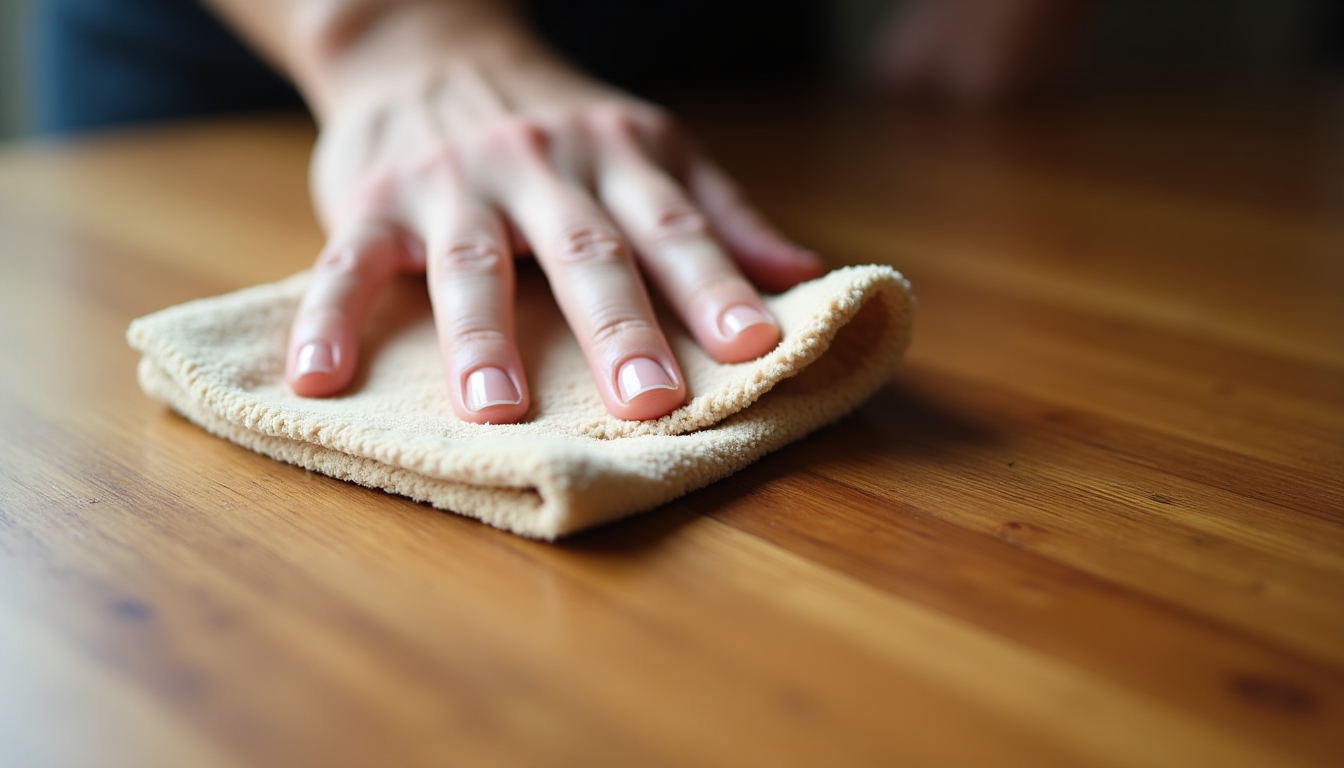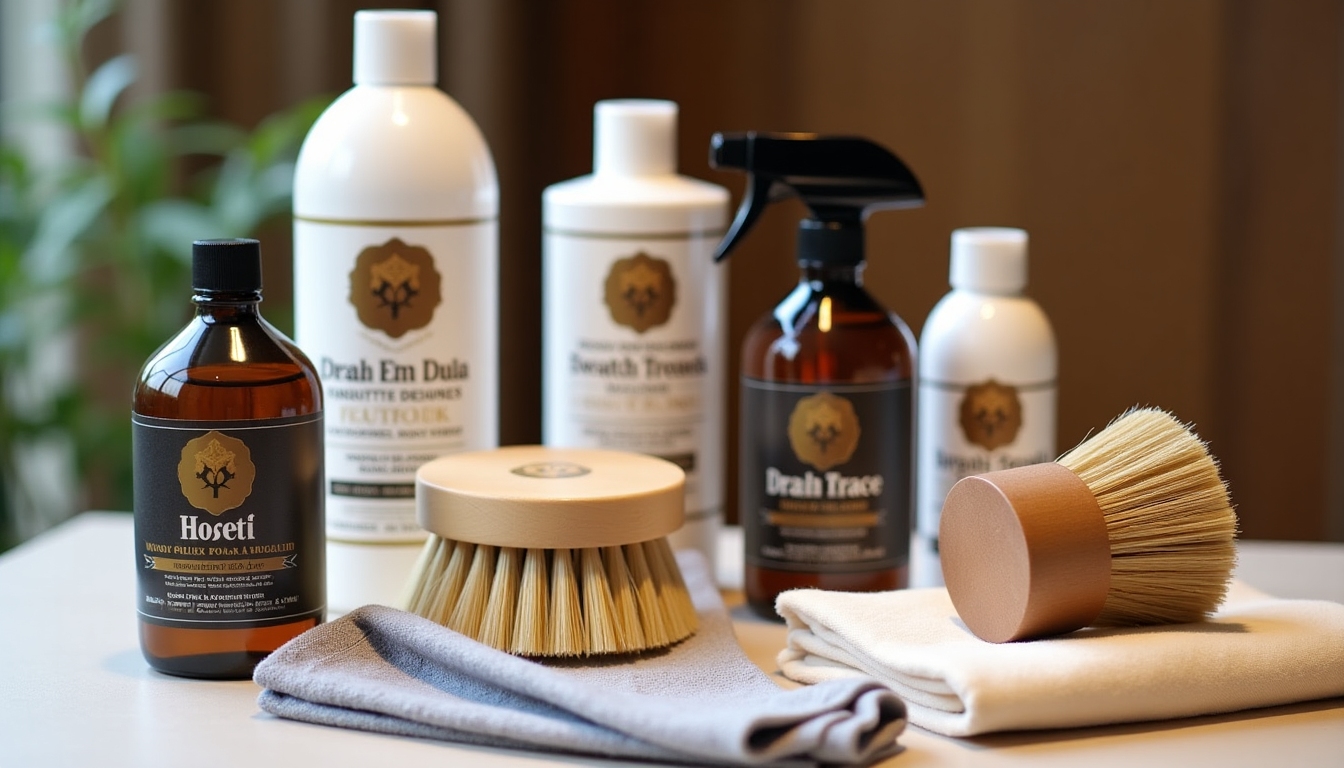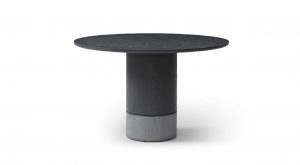Featured Post
Mastering Furniture Care: A Complete Maintenance Guide
Mastering Furniture Care: A Complete Maintenance Guide
Keeping your furniture looking pristine doesn't have to be daunting. Whether it's a cherished dresser or a new couch, we provide practical tips and insights for impeccable furniture care and longevity.

Understanding Your Furniture
Before diving into the furniture care and maintenance guide, it’s crucial to understand the different materials your furniture is made of. Wood, leather, and fabric all require unique care techniques to ensure they remain in top condition.
Types of Furniture Materials:
- Wood: Requires regular dusting and polishing. Water exposure can cause damage.
- Leather: Needs conditioning to prevent cracking. Clean with a leather cleaner.
- Fabric: Often needs vacuuming and stain treatments.
Knowing these materials helps you tailor your care approach, ensuring each piece, like that valued dresser, remains a centerpiece in your home.

Daily and Weekly Furniture Care Tips
Consistency is key when it comes to maintaining your furniture. Here’s how you can incorporate care into your routine:
Daily:
1. Wipe down with a microfiber cloth to prevent dust buildup.
2. Rotate cushions and pillows to avoid wear and tear.
Weekly:
- Use appropriate cleaners for different surfaces.
- Check for any loose screws or parts that need tightening.
These simple tasks can significantly extend the life and luster of your furniture.

Monthly and Seasonal Deep Cleaning Practices
The key to long-lasting furniture beauty lies in regular deep cleaning. Here’s a schedule for more intensive maintenance:
| Frequency | Task |
|---|---|
| Monthly | Polish wood with quality oil. |
| Clean leather with a conditioner. | |
| Seasonal | Remove cushions and vacuum beneath. |
| Check for areas needing repairs. |
This regular upkeep ensures your furniture remains as functional as it is beautiful, reducing expenses on potential repairs or replacements.

Personal Insights on Furniture Care
Having learned furniture care from my grandmother, I’ve a few tried-and-true practices. For instance, using natural beeswax on our oak dining table has kept it gleaming and resistant to water marks. Avoiding direct sunlight, especially on leather couches, has helped in maintaining the color intensity and preventing cracks.
The simple act of setting a rule to avoid eating on the couch has notably reduced stains, manifesting the motto: prevention is better than cure.

Addressing Common Furniture Problems
Every piece of furniture, including your beloved dresser, can encounter common problems. Here’s how you can tackle them:
- Water Rings on Wood: Cover with a cotton cloth and gently iron it.
- Fabric Stains: Dab with a mild detergent solution, never rub it.
- Loose Chair Joints: Apply a good-quality wood glue for a quick fix.
Acting quickly when issues arise can prevent long-term damage, ensuring your pieces remain valued treasures.

Final Thoughts
Good furniture care is about forming habits that become second nature. By understanding your furniture's needs, participating in regular upkeep, and addressing small issues promptly, you preserve your home's beauty. Maintaining each piece, from the humble dresser to a luxurious leather recliner, ensures that they serve your home well for years to come.
Recommended Readings
- How to Revamp Your Space with Minimalist Furniture Design
- Guide to Choosing the Perfect Sofa for Any Space
- Best Practices in Maintaining Antique Wooden Furniture









